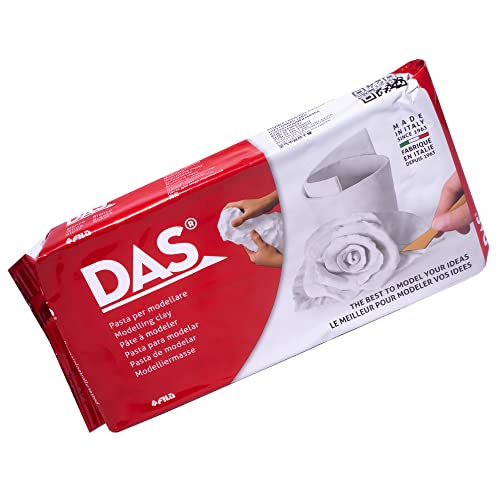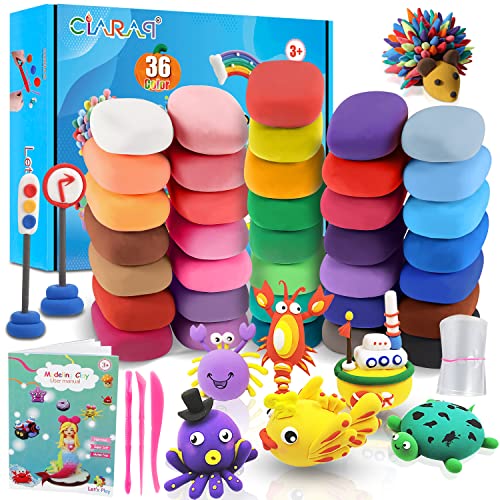Modeling clay is a versatile and fun material to work with, allowing artists and hobbyists of all ages to create a variety of shapes and objects. One way to enhance the appeal of clay creations is by adding color to the material. While some may opt to purchase pre-colored clay, others may prefer the freedom of customizing their color schemes. In this article, we will explore five ways to color modeling clay at home.
Food Coloring
Food coloring is an accessible and affordable option for coloring modeling clay. This method involves adding small drops of food coloring to the clay before kneading it to distribute the color evenly. It’s essential to assess the quantity of coloring needed carefully, as adding too much can make the clay sticky or soft. One teaspoon of food coloring per two pounds of clay should suffice, but the amount can be adjusted based on desired color intensity. Moreover, food coloring can be mixed to create a wide range of hues, opening up endless possibilities for color exploration.
Acrylic Paint
Another common approach to coloring modeling clay is using acrylic paint. This option offers a more opaque and vibrant finish than food coloring, making it ideal for intricate projects that require fine details. To use acrylic paint, mix a small amount of the paint with water and dip the clay in it. Then, knead the paint into the clay until the color is evenly distributed. It’s important to exercise caution when using acrylic paint, as adding too much water can make the clay too soft or sticky.
Metallic Powders
Metallic powders, such as bronze or gold, can be used to give modeling clay a metallic finish. This option is often favored by artists who create sculptures or figurines that require a more polished appearance. To use metallic powders, mix a small amount of the powder with liquid clay and paint it onto the surface of the material. Once dry, the final product will have a shiny and metallic appearance that can bring a touch of glamour to any clay project.
Natural Dyes
For those who prefer a more eco-friendly approach, natural dyes are an excellent option for coloring modeling clay. Using natural materials, such as beetroot, turmeric, or spinach, can give the clay a subtle and unique color that cannot be replicated with synthetic dyes. To use natural dyes, extract the color from the desired ingredient by boiling it in water. Once the water has cooled, mix the dye with liquid clay and knead it into the modeling clay. While this method may require more effort and time, the final results are sure to impress.






